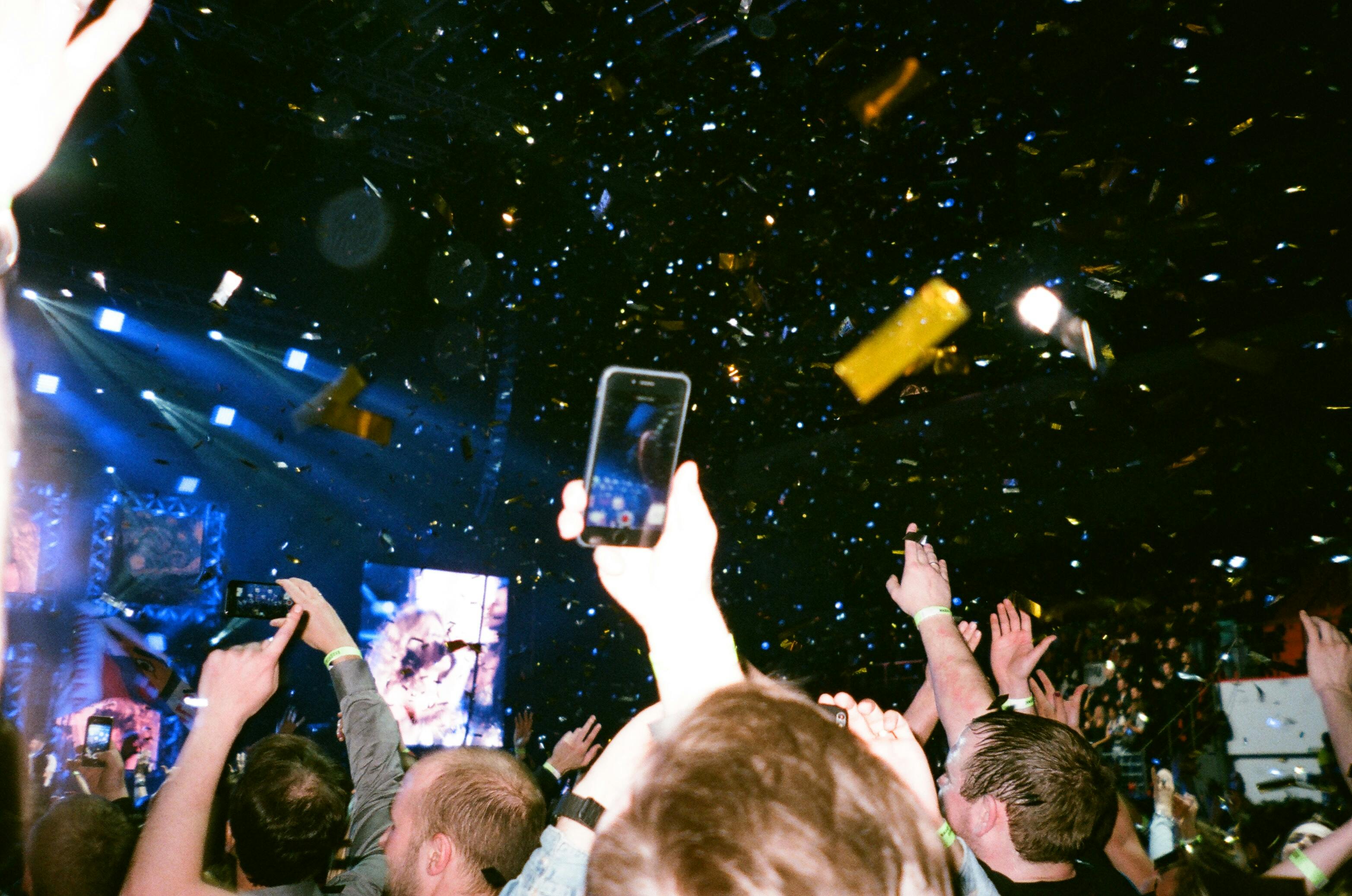Insight
Cultural Tension: Fans Run the World

Fandom is a phenomenon we can trace back to the 1800s. Specifically to a man named Franz Liszt, a German composer, who caused quite a stir when he played piano. His fans were known to “shriek, shout, even faint” during his performances.
Sound familiar? Fandoms have taken different shapes and forms in the decades leading up to the current age - from BeatleMania in the 1960s and midnight premieres of Star Wars starting the 1970s, to lines for the latest Harry Potter book in the early 2000s and the blockbuster Eras Tour led by Taylor Swift. For those closely watching the Olympics, several athletes have become sensations overnight, for both their athletic accomplishments as well as their antics outside their arenas. Despite fandoms' presence across history, they've have taken on a new dimension in the 21st century.
Fandom is no longer exclusive to cultural movements, it’s become synonymous with our everyday lives, increasingly core to our identity, and easier than ever to participate in thanks to the internet. Our hypothesis: individuals are desperately seeking community in an increasingly impersonal world, and for younger generations, traditionally unifying groups like churches, religious groups, third spaces, civic clubs have faded away, and the opportunity to connect with institutions as a whole has dissipated. And so emerges new types of affiliation and worship: fanbases.
Fandom by definition, goes beyond “normal” loyalty to someone or something. Fans forgive more and will do more on your behalf – if you can make them a true fan. It involves especially strong emotions (excitement, love, admiration), affective attachment and commitment, per Consumer Gateway. This fervor is easy to spot in tangible ways as well: nicknames, swag, crowd size, money, and influence. Fandom in the 21st century is measured by impact (for better or worse).
Swifties have directly spent $5 billion in destinations across the U.S. during her Eras Tour and hundreds of millions in cities globally. Independent TikTok sensations like 2019’s “Old Town Road” took Lil Nas X to No. 1 on Billboard Top 100 on sheer viral appeal and upended traditional ideas about what should be on the charts. Add to that other artists who have taken off thanks to their avid followings, like Noah Kahan and Benson Boone, to demonstrate how fandoms are reshaping music.
Once considered a dying industry, books have seen a remarkable revival thanks to their fans. #BookTok, for example, has created fandoms for certain books and authors, like Colleen Hoover who has sold 14.3 million copies of her books and led to one of the most anticipated films of the year, It Ends With Us. Visit your local bookstore and chances are there will be a display of books being talked about online to purchase in-person.
When it comes to movies, the power and influence of fans can lead to films criticized for “fan service” plotlines or reviving fan favorite characters even after they’ve been killed off. In a slightly more negative example of fandom (and there are plenty), the outcry to the all-female reboot of Ghostbusters, “seemingly frightened parent company Sony into backpedaling toward more familiar 'legacy sequel' territory, where movies bring back old cast members and try to summon as much nostalgia as possible,” writes The Atlantic.
Fan culture has of course evolved beyond the reaches of pop culture and towards consumer brands we use every day. Research by Kearney Institute found that almost a quarter of consumers report a “complete obsession” with the product or brand of their choice and more than 50% think about or engage with the product at least once a day. Fifty-six percent of this group had been invested in the brand or product for at least a decade.
We at Bullish think there’s a key factor at play for how brands can create and maintain fandoms - they behave almost contradictory to their business model in service of their customers. It’s why companies like CostCo come to mind when we think of modern brand fandom and, specifically, their decision to never change the price of their $1.50 hot dog. REI closes on Black Friday to get its customers outdoors, sacrificing profit to further its mission. Look to the campaign we developed for Lightphone that specifically tells people to not buy their phone. Sometimes you can do something counterintuitive to helping a business, to help the business.
As fandom continues to evolve, brands have a unique opportunity to contribute to the changing relationship between individuals and institutions that embraces emotion and action. Brands stand to benefit from identifying and understanding the emotional reaction and resonance they have to their customers, beyond their attachment to the product they’re selling. From there, brands can and should delve into the journey to, from, and potentially away from their product. In understanding that journey, they can operationalize moments where you may surprise and delight them to bring them further into the fold. In so doing, brands can learn where they can fit in the culture of fandom, harness it for their business, and bring their supporters together.
More
News
Bullish on Cob Foods, our latest investmentInsights
Data Rich, Direction PoorInsights
Pioneers Mid-Year Sentiments 2025Insights
2025 Bullish Consumer/LP Summit HighlightsNews
Mike Duda featured in Beauty IndependentInsights
The Postzempic EconomySign up for the latest consumer insights and news
Most Dangerous Agency in America™
©2025